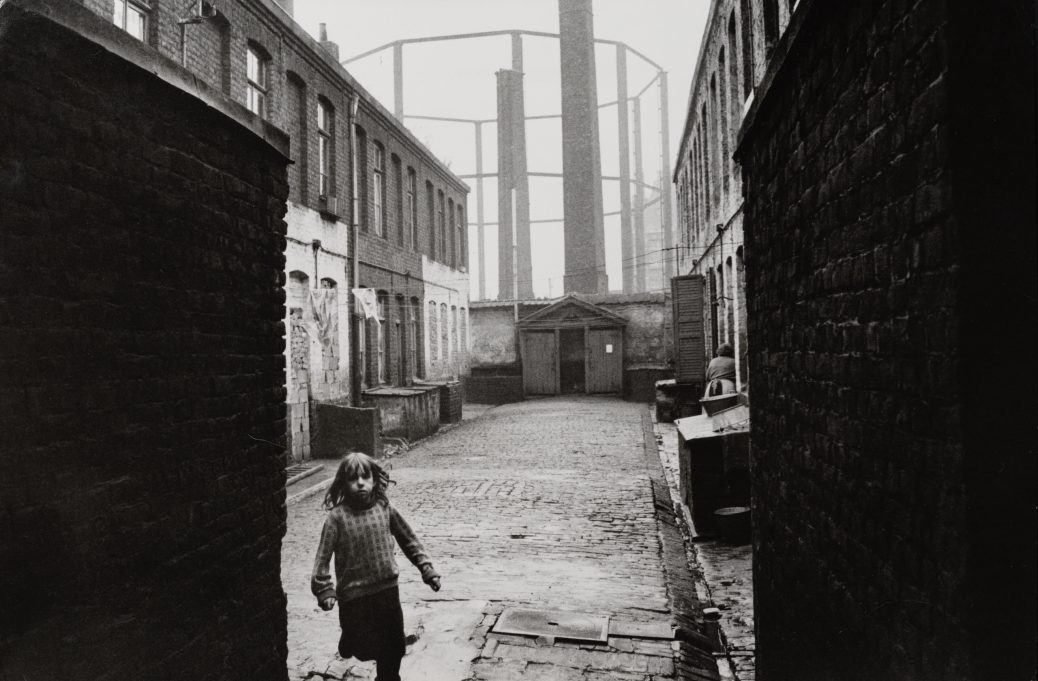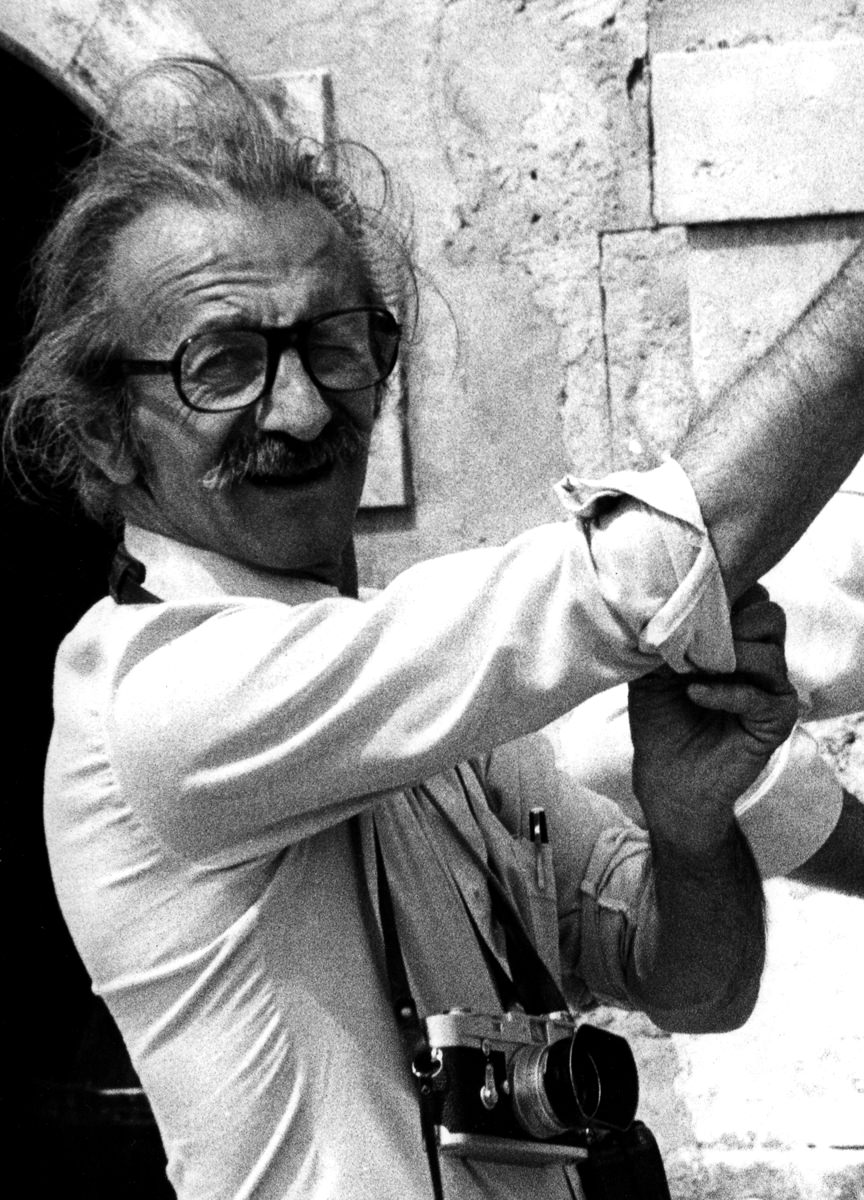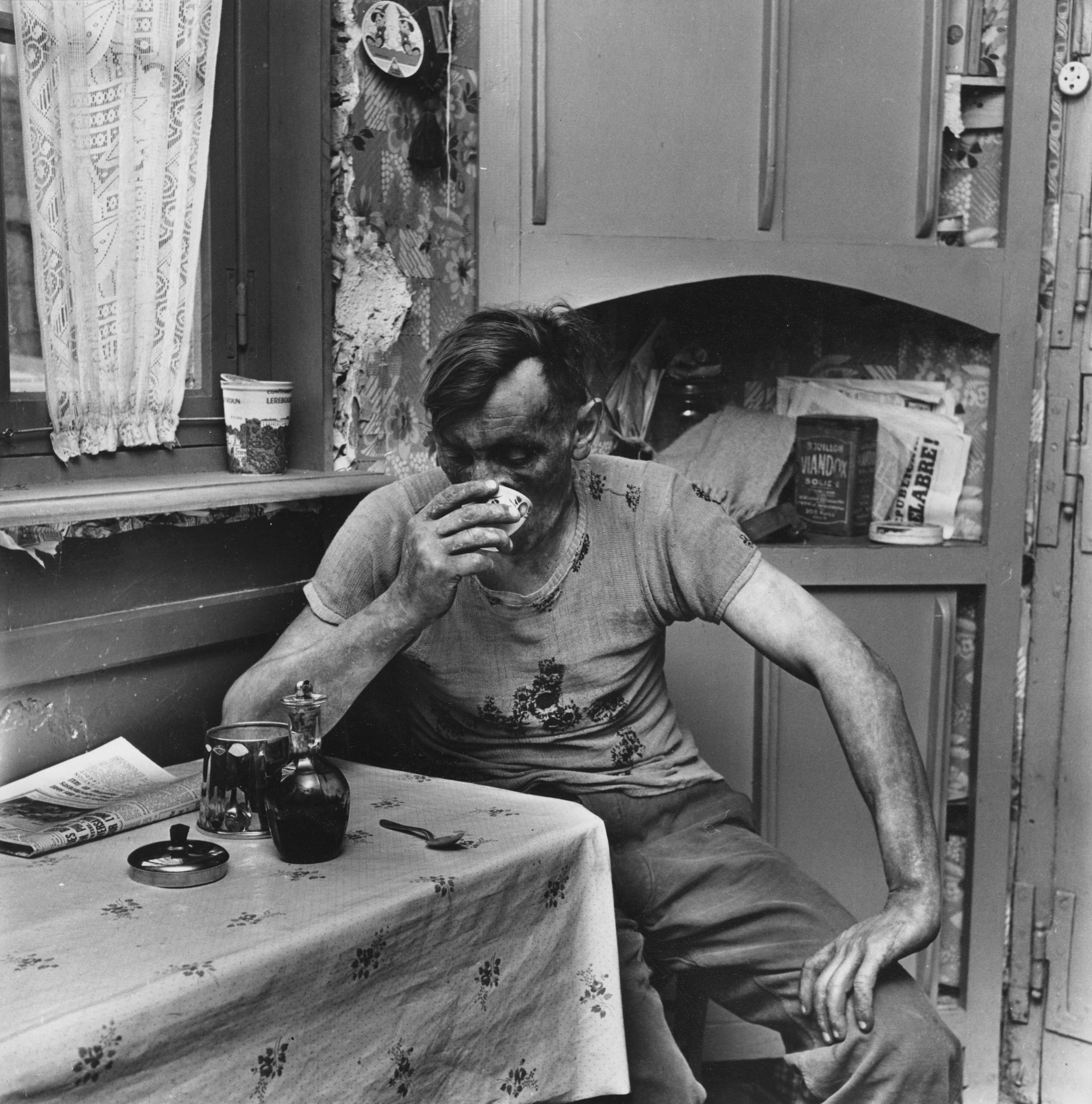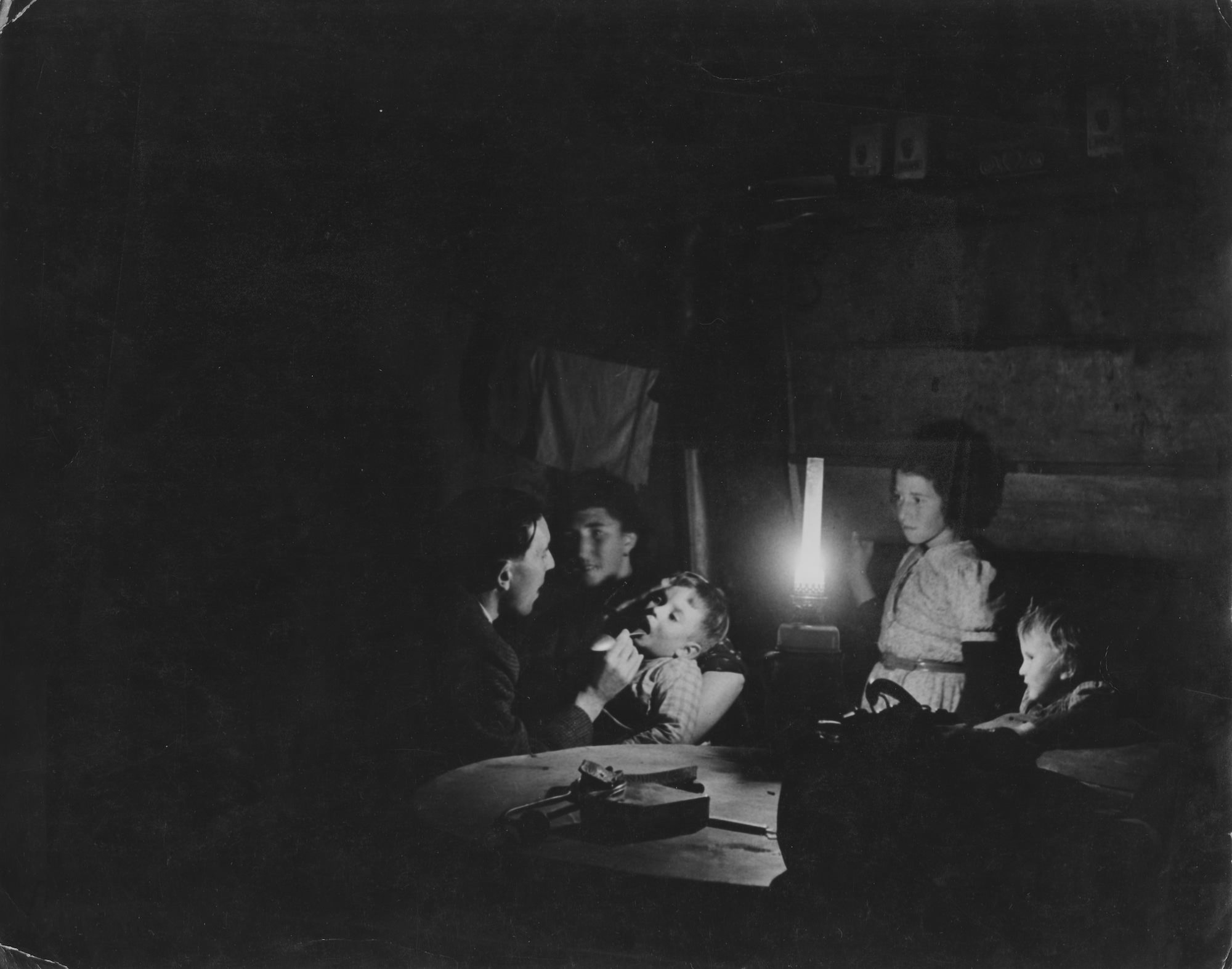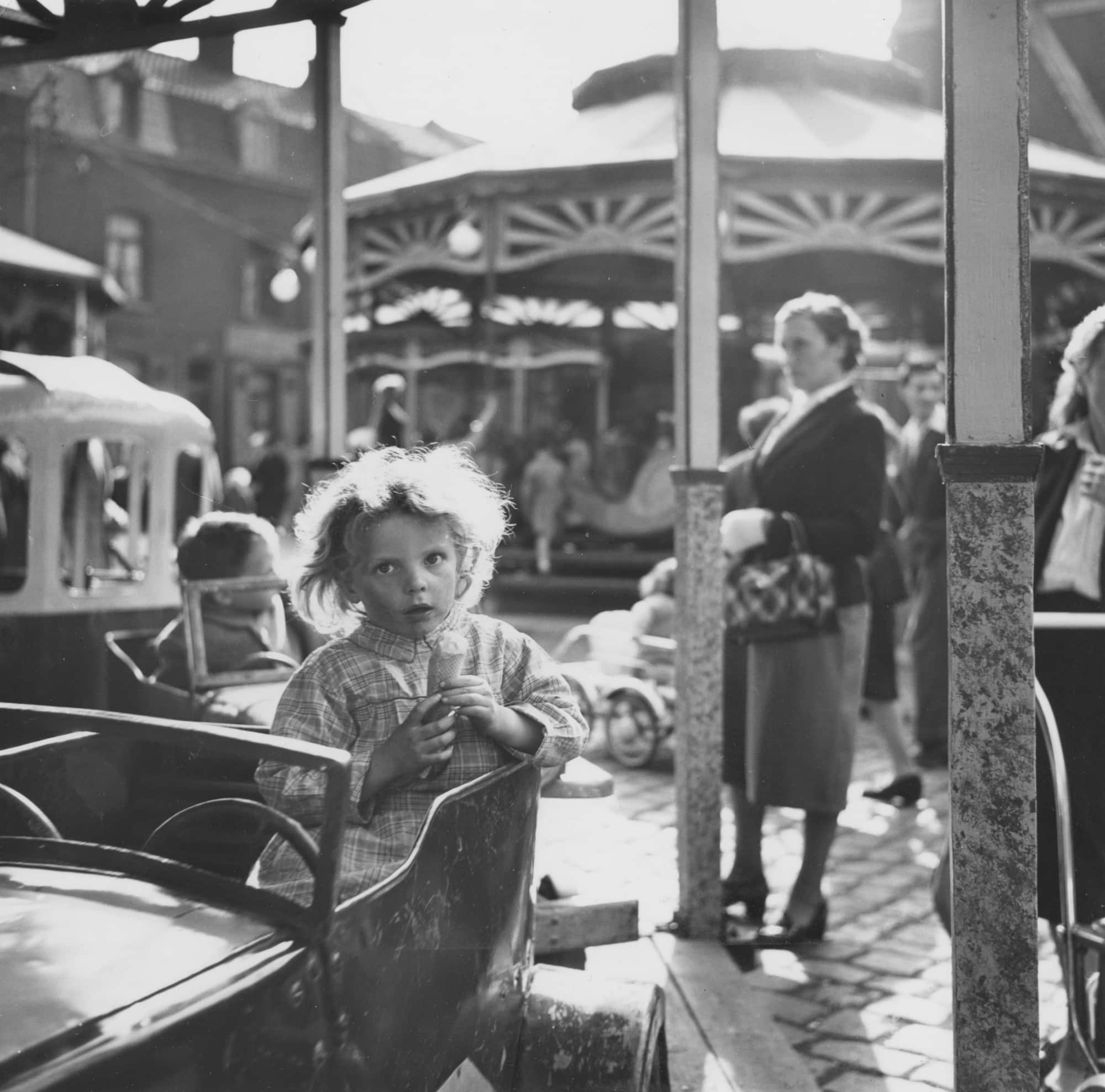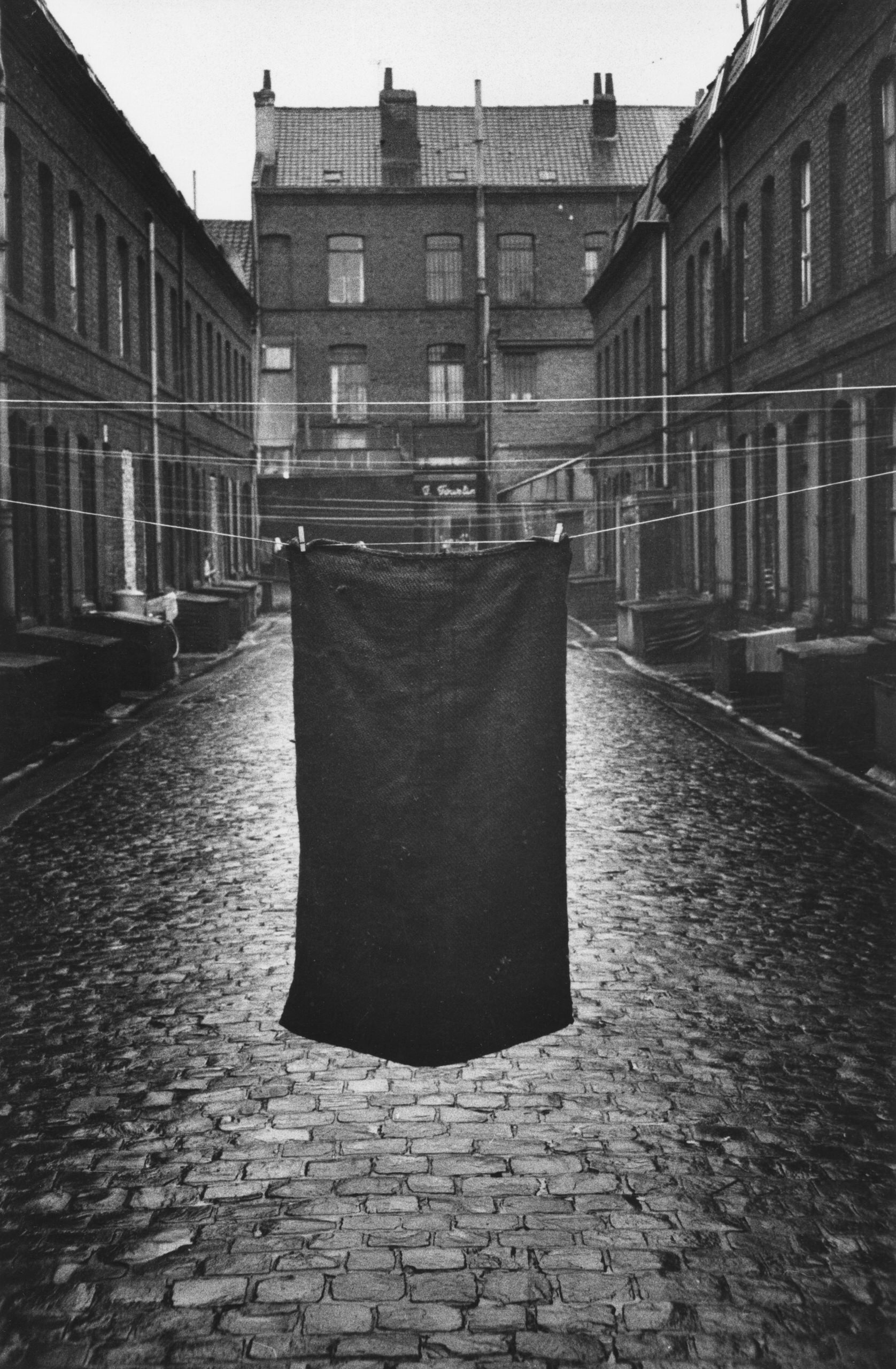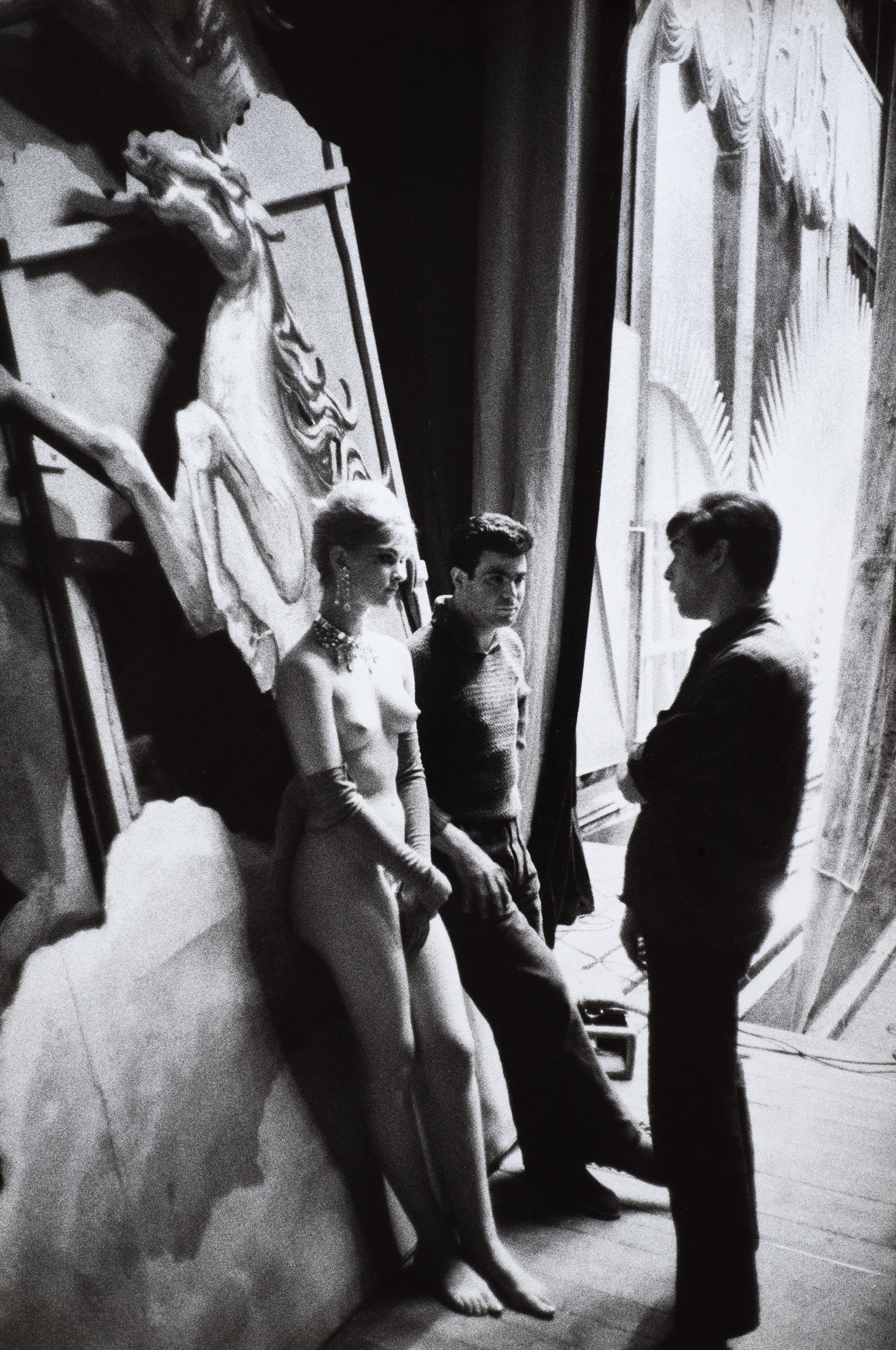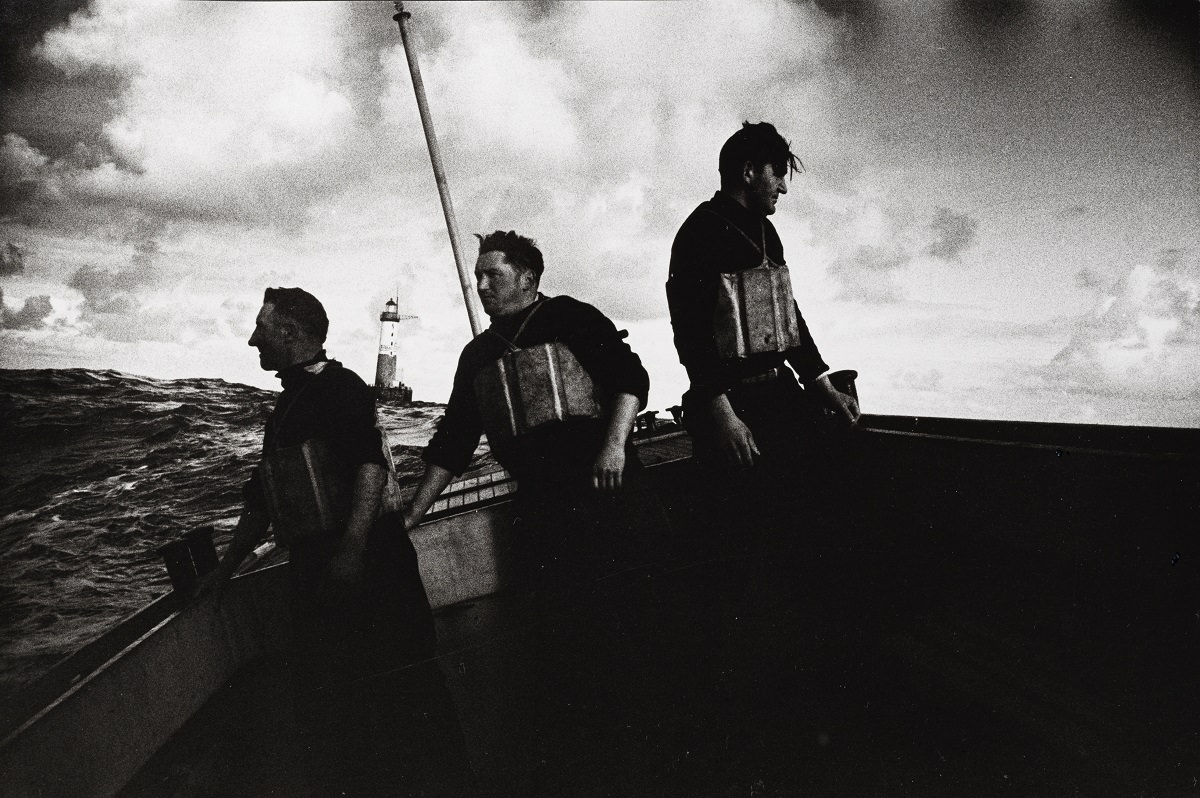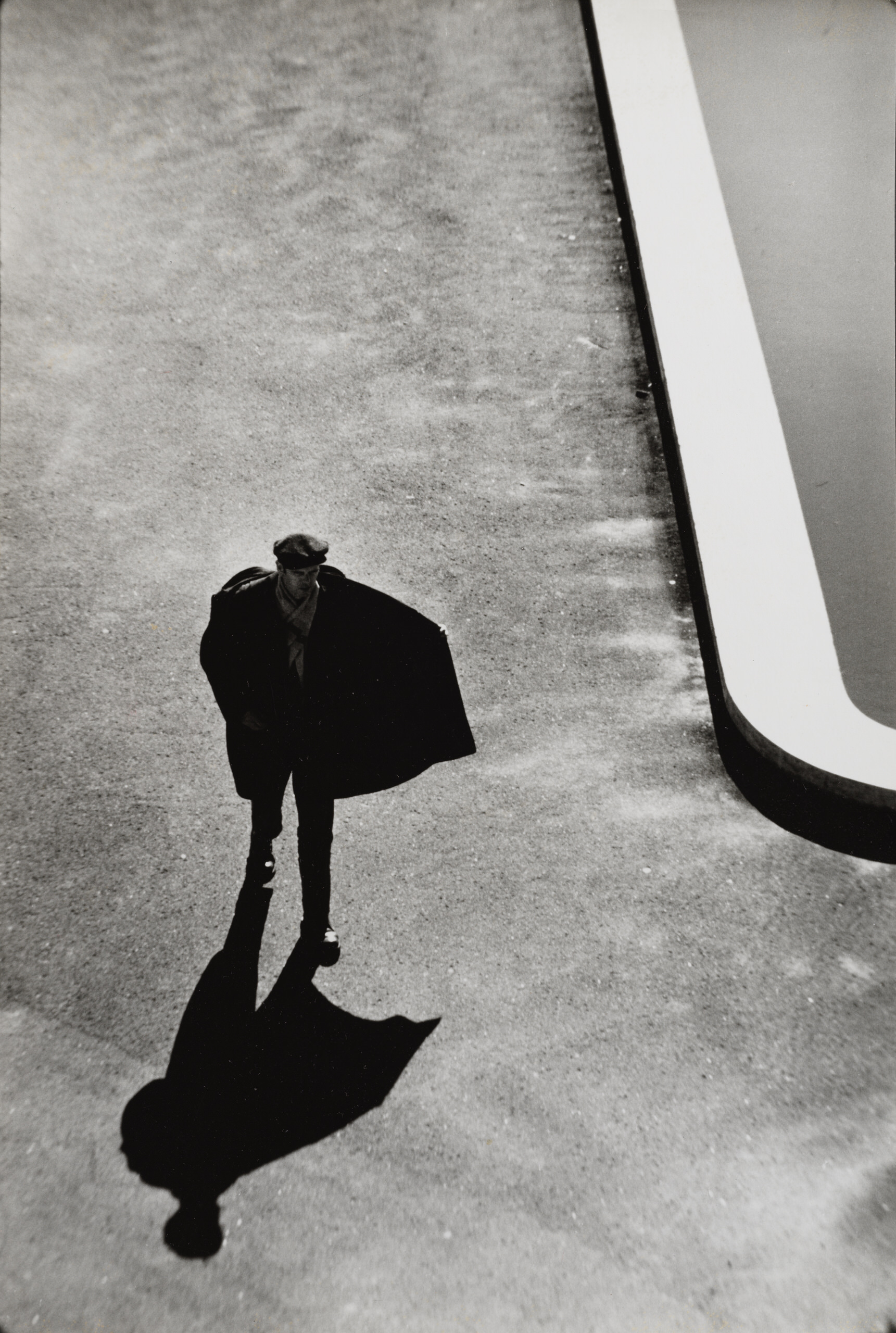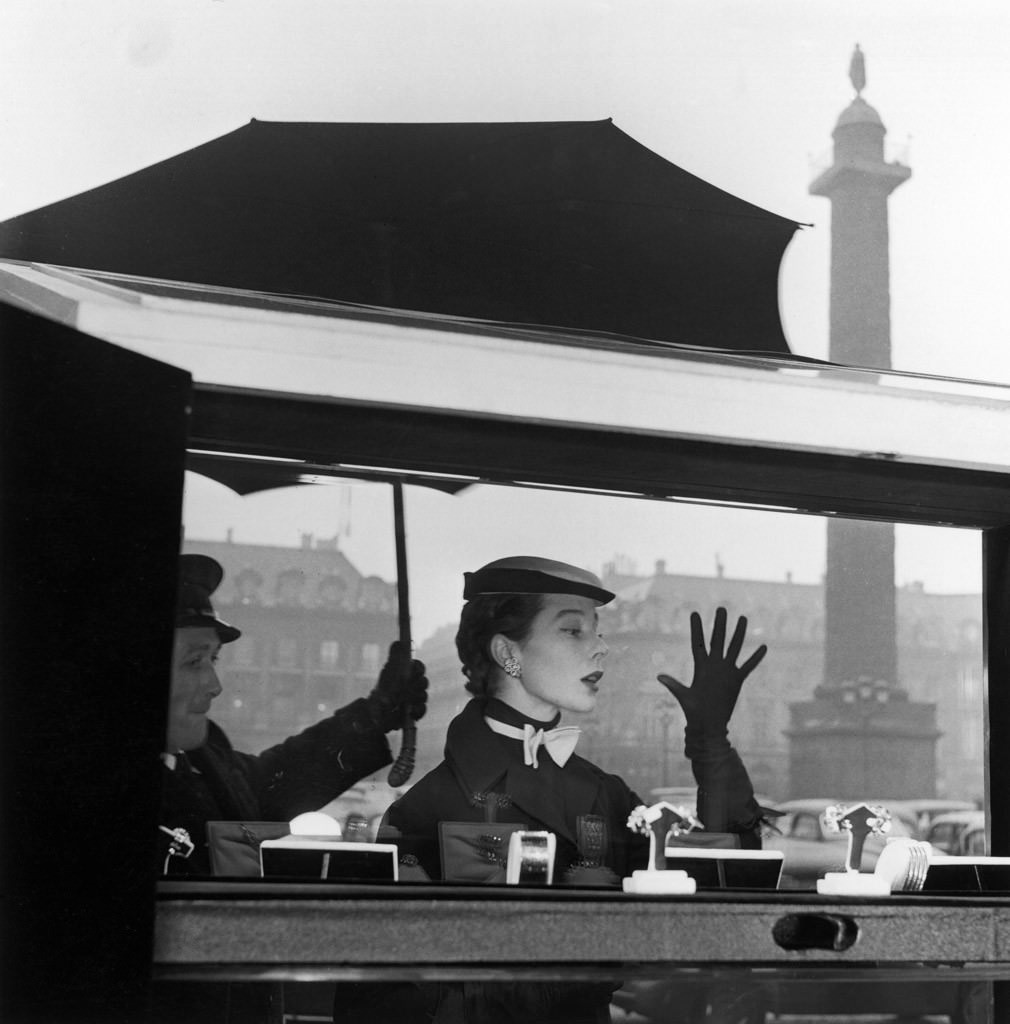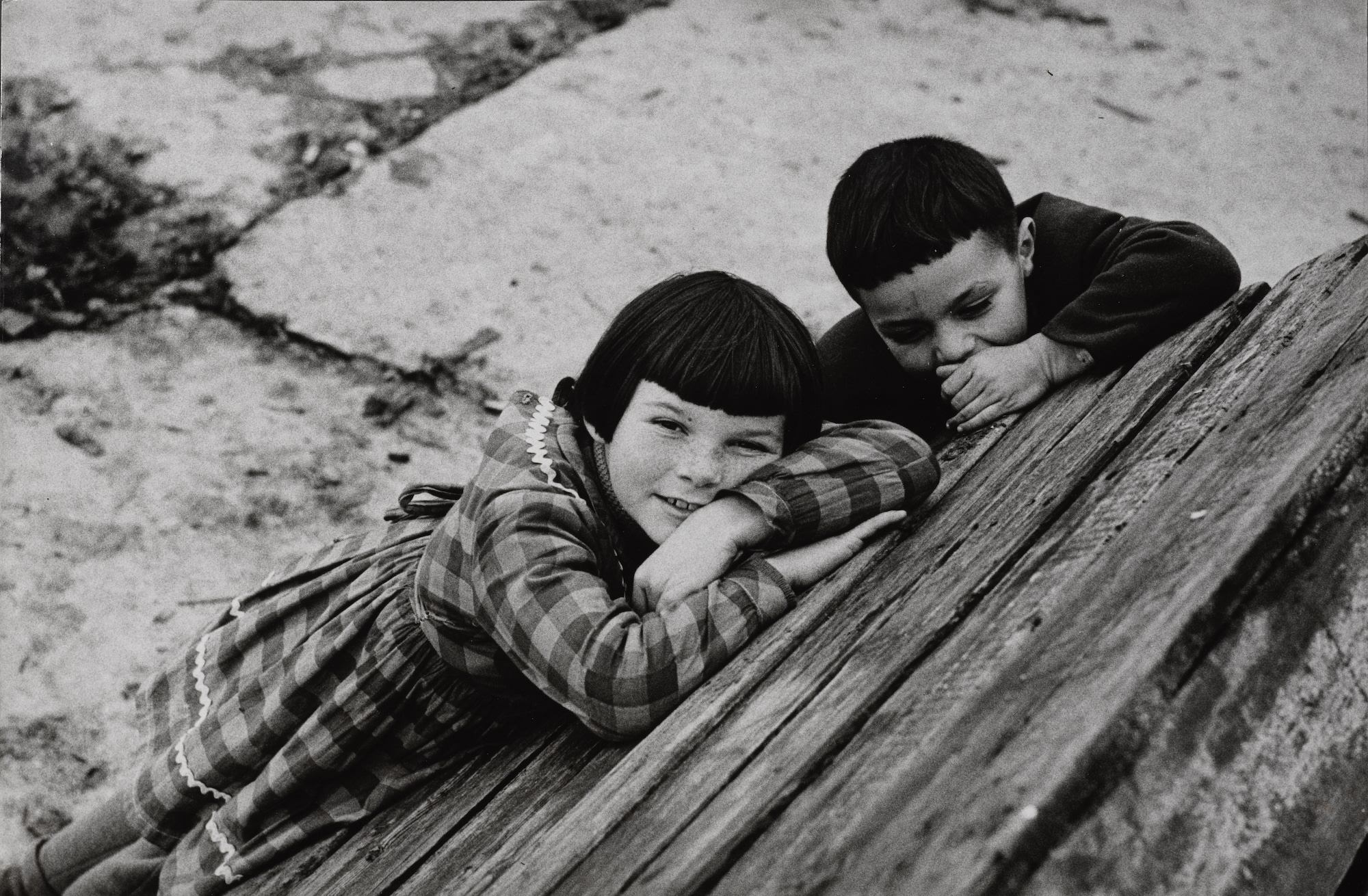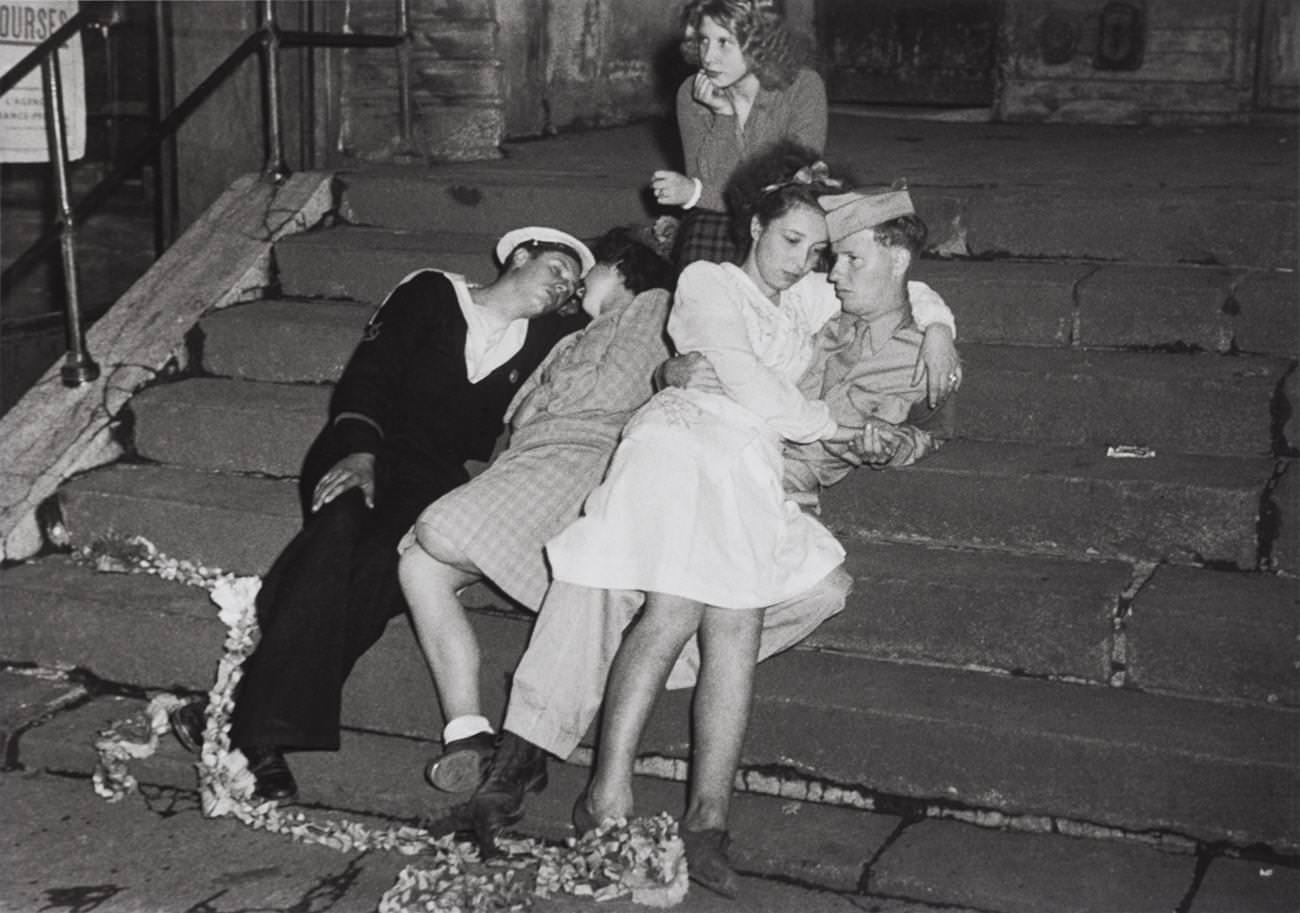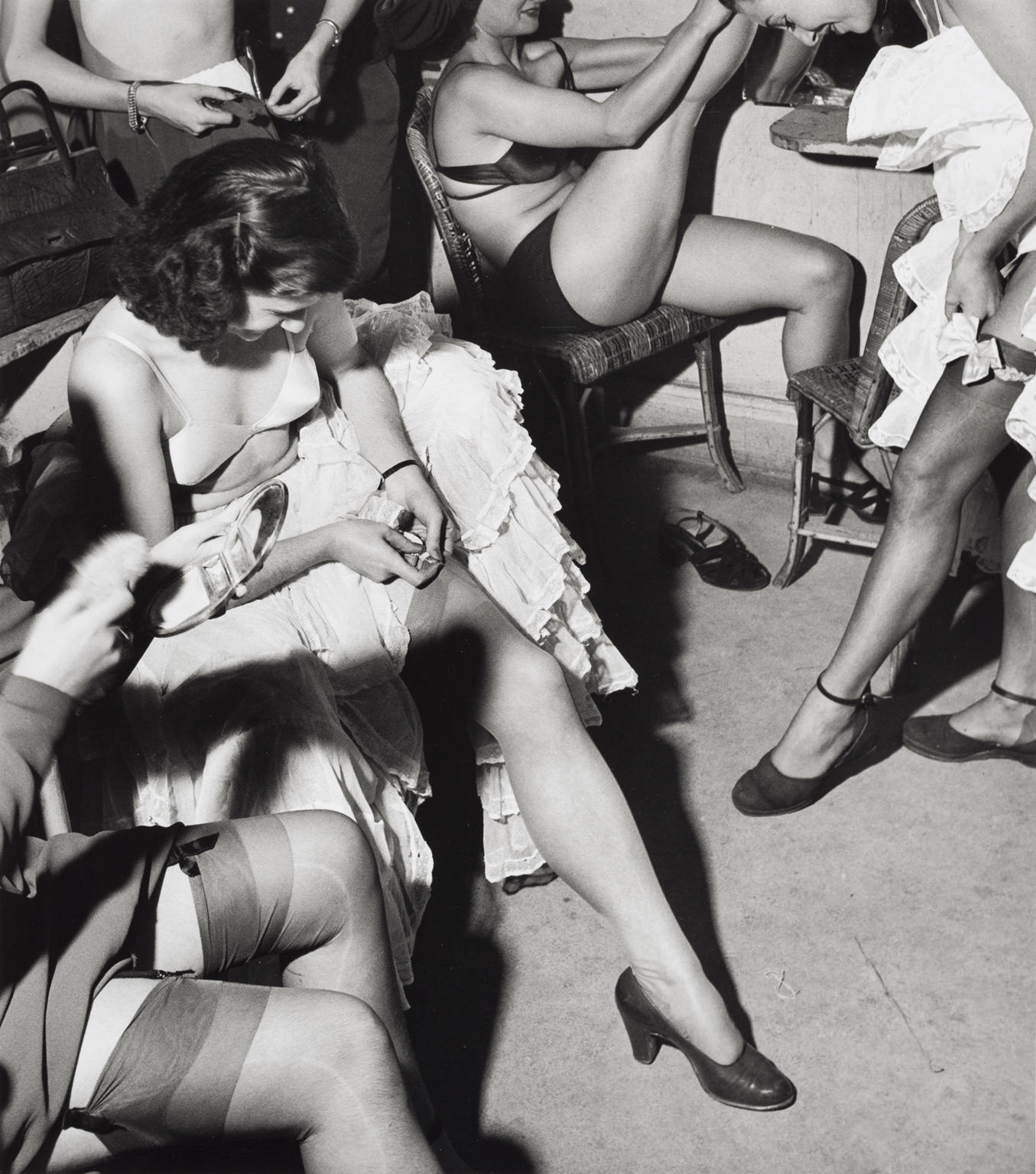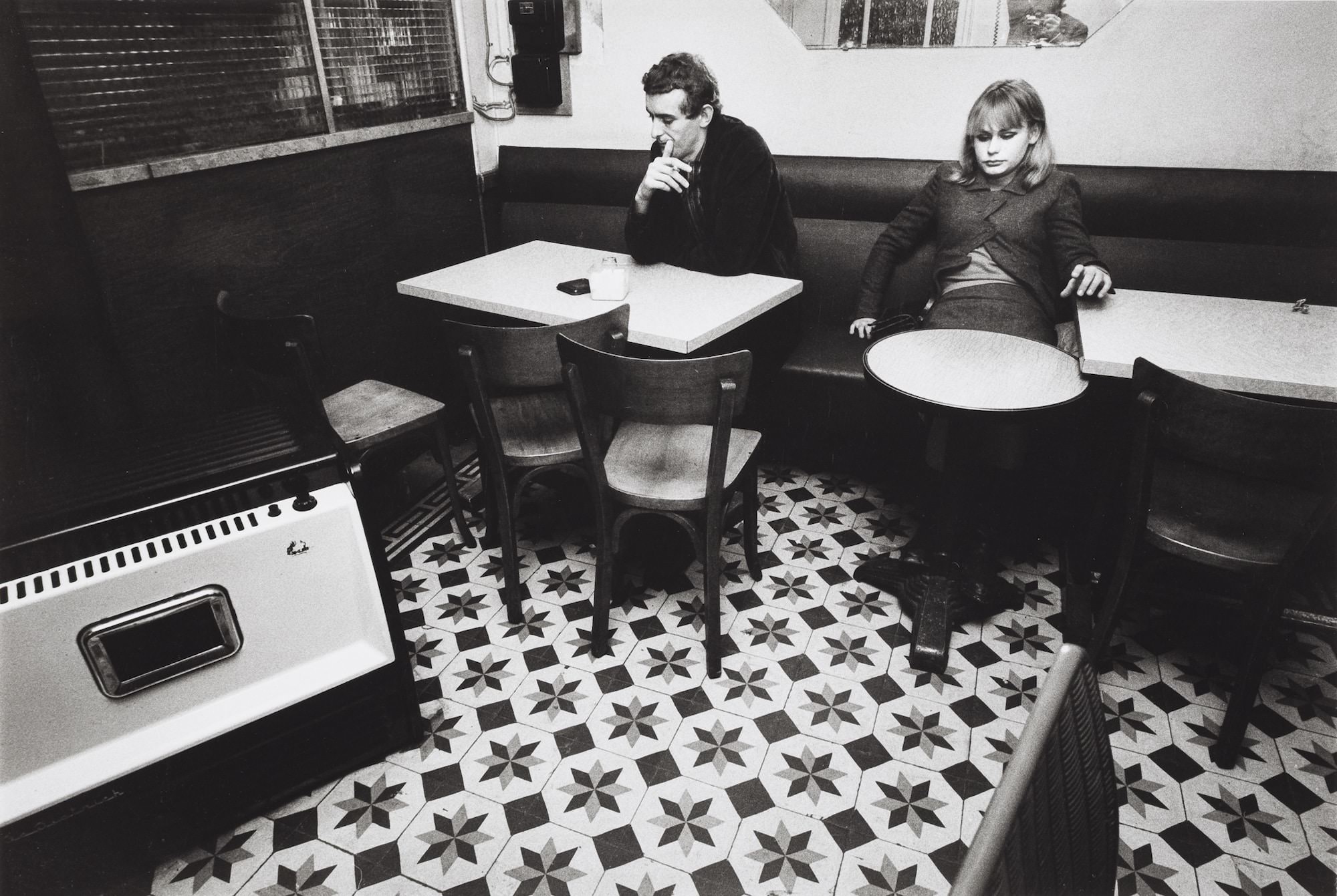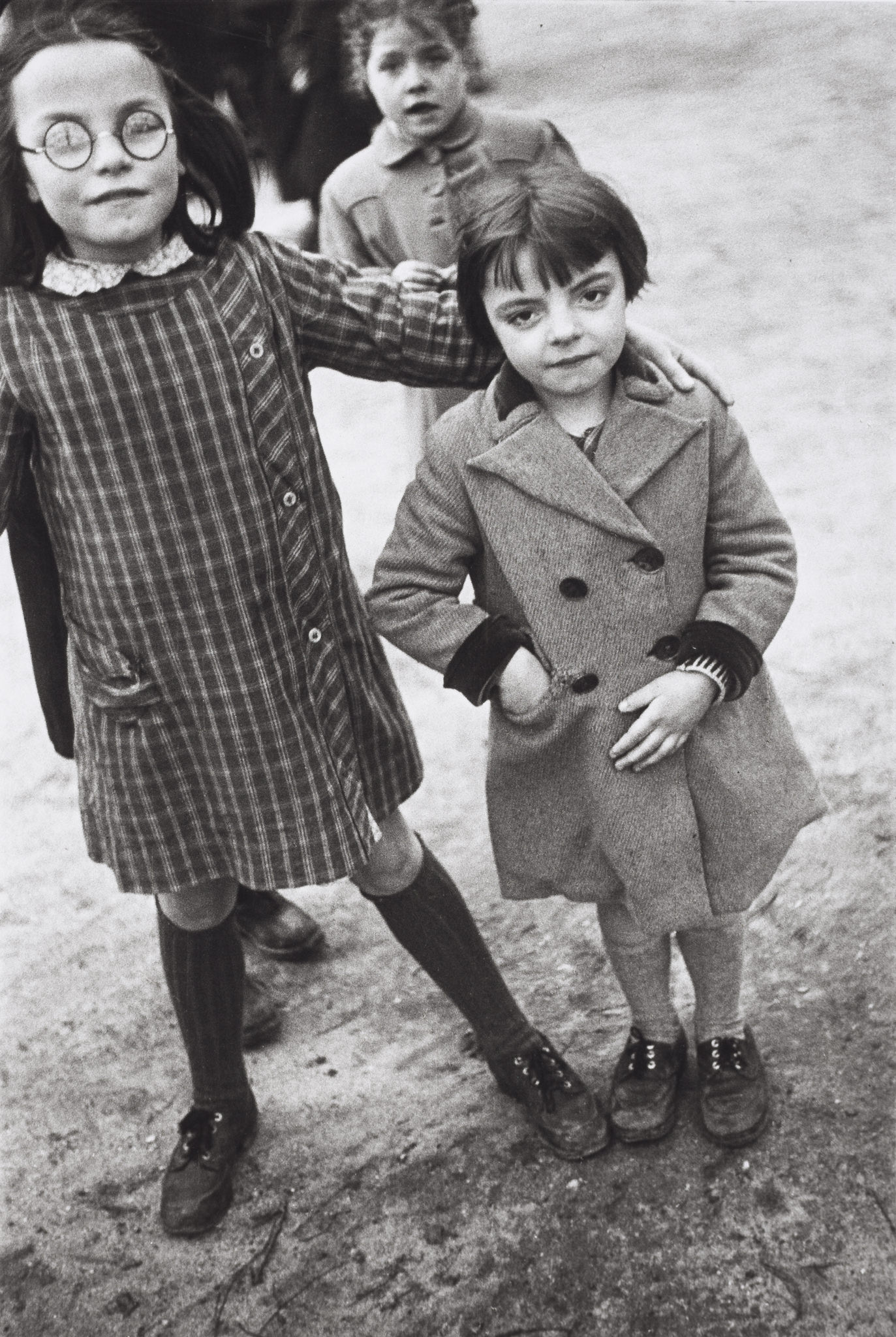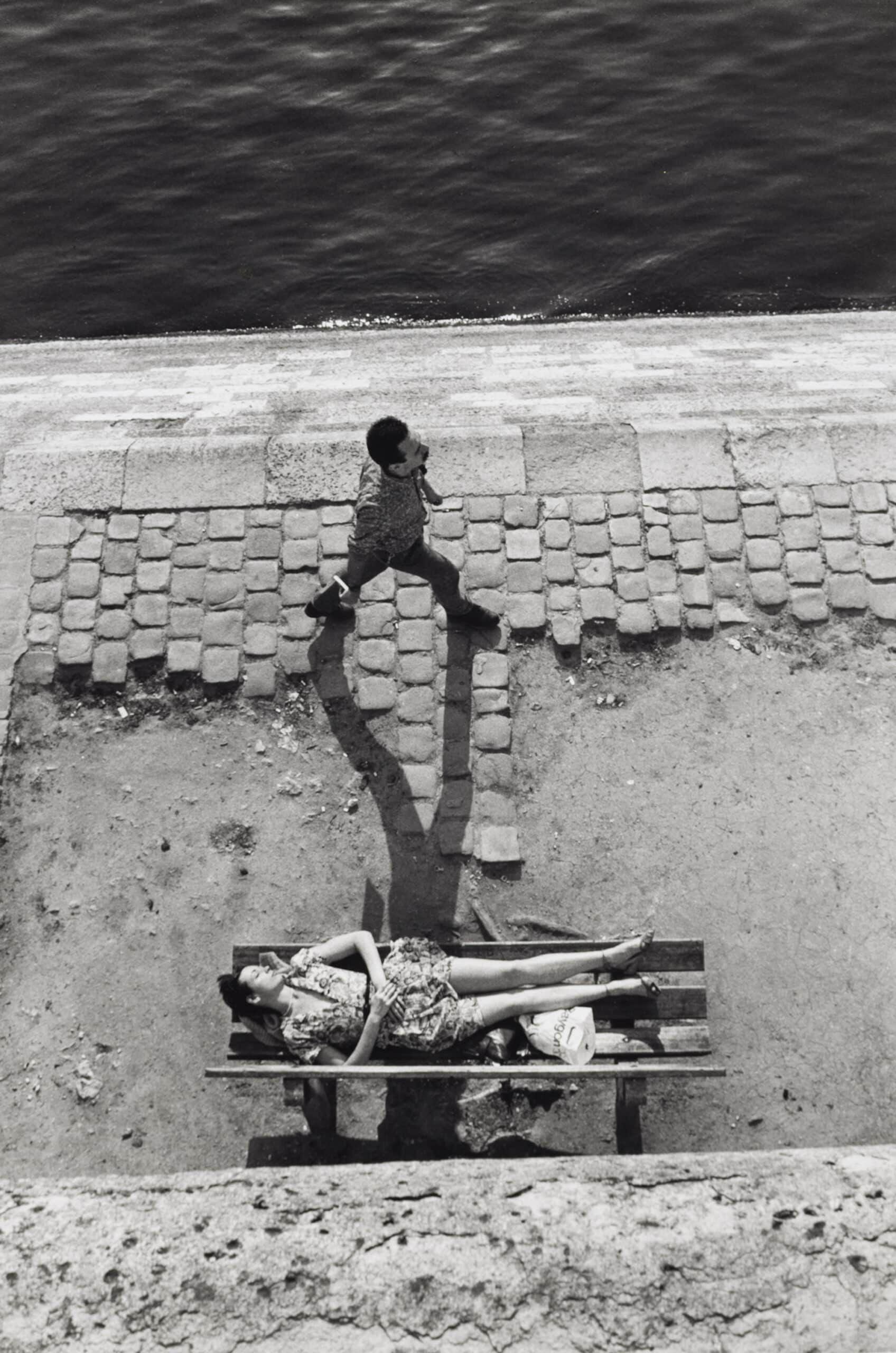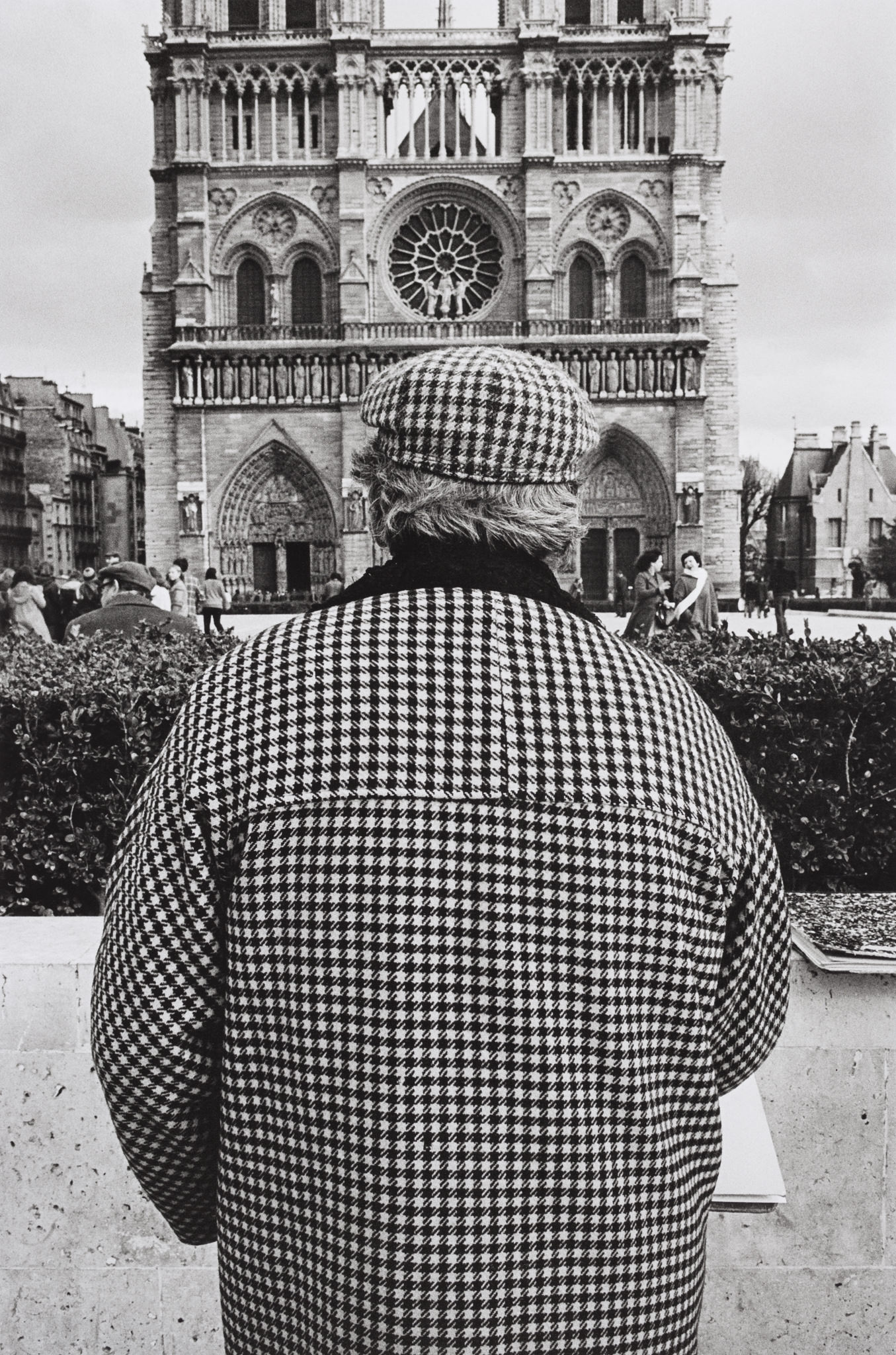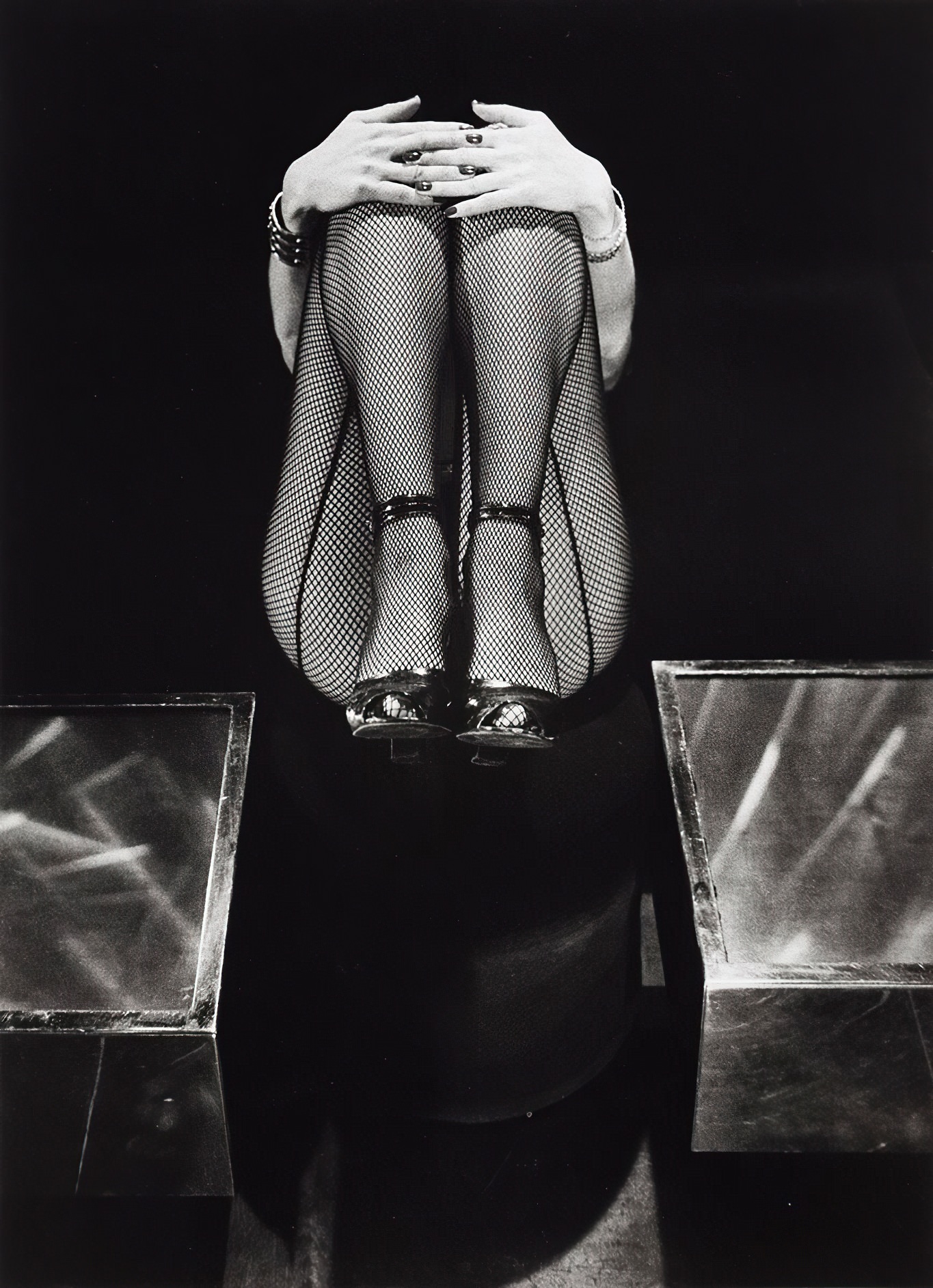Jean-Philippe Charbonnier: On the Edge
Jean-Philippe Charbonnier is often described as an adventurer, an intrepid reporter looking elsewhere, who travels the world for the monthly Réalités, of which he had been employed since 1950. However, he devoted much time to photographing his country, from Roubaix to Arles , via Creuse and Paris, his hometown. Fascinated by his peers, close or unknown to him, he said: “Exoticism is half a metro ticket from my house. »
On the Edge thus offers a journey through France through the eyes of Jean-Philippe Charbonnier from the 1940s to the early 1980s at a time when the country was undergoing profound social, economic, political and cultural transformations. Because he is on familiar ground, his photographic practice is often more contrasted, more personal, and even more pessimistic. On the Edge, therefore, refers to his intimate and critical photographic approach, bearer of a solid social dimension that made Charbonnier one of the most talented and atypical French photographers of his generation.
This sometimes contradictory practice, which associates closeness to the individual and critical distance, is formally found in the way in which he photographs his subjects, struggling against external and internal forces as if they were trying to escape our spectator gaze or to get out of the chassis. It is also a way of seeing the world that has often distanced him from the French humanist photographic scene: rather than photographing happiness, he has preferred a darker and more ferocious vision of the world, devoid of nostalgia. However, his work is never lacking in humor and tenderness, and in his photographs, there is a sense of complicity with his subjects and the world around him. Witness the facetious captions that he has conscientiously chosen for each image. Passionate about long and engaging reports, he loved to remember that “Photography is the shortest way from one man to another ”.
The exhibition, which favors unpublished images and period prints, revolves around some salient points of Jean-Philippe Charbonnier’s work in France. Thus we find his vision of the Liberation of Paris and the immediate post-war period, these reports on the daily life of the inhabitants of Ile de Sein, Roubaix, and northern France in the 1950s, his uncompromising investigation of the psychiatric hospitals of 1954 which caused a real awareness, and his wanderings in his quarter of the fourth arrondissement of Paris since 1975.
About the Author
Jean-Philippe Charbonnier was born on August 28, 1921 to a highly artistic family. His father was a painter, his mother, a writer. Charbonnier first discovered photography in 1939 in the studio of the famous movie portraitist Sam Levin. He trained in the studios of White and Demilly, but World War II brought an abrupt halt to his emerging photography career, as he went to spend two years in Switzerland during the war.
At the end of 1944, he came back to France and worked as a typesetter with the Liberation newspaper and France-Sunday. The same year he finished his first feature story in Vienne, France on the public execution of a Nazi traitor and documented the entire story in pictures.
In 1950, Charbonnier went to work for Realities as a photojournalist, where he collaborated with Edouard Boubat, who was also on staff. The position provided Charbonnier with the opportunity to travel to remote areas of the world, and to reveal through his photographs, the great state of change and upheaval in these regions. In 1970, he helped inaugurate the first Rencontres d’Arles, an important photo exposition in Arles, France. Charbonnier decided to leave Realites in July 1974, disillusioned with “standardization” he felt had come to dominate the world of photography.
His meeting with Agathe Gaillard marked a turning point in his career. Up until that point, he was more invested in a personal photograph. Now, released of the anguish of ordered work, he began to explore his nearby surroundings in Paris ñ capturing scenes from the neighborhood of Notre Dame with subjects that defined the Parisian allure. In regards to these images, he said, “I photographed all these people, not always without cruelty, certainly, but with an impassioned interest, with a lucid tenderness.” Many of these photographs were eventually exhibited at the Gallery Agathe Gaillard, as well as the Museum of the Elysium of Lausanne and the Niepce Museum of the Trawl-net-on-Saone.
In 1983, the Musée d’Art Moderne de la Ville de Paris mounted a major retrospective of Charbonnier’s work. Charbonnier died on May 28, 2004 in Grasse.
Jean-Philippe Charbonnier: On the Edge
from January 28 to April 1, 2023
La Galerie Rouge – Paris
More info on:

